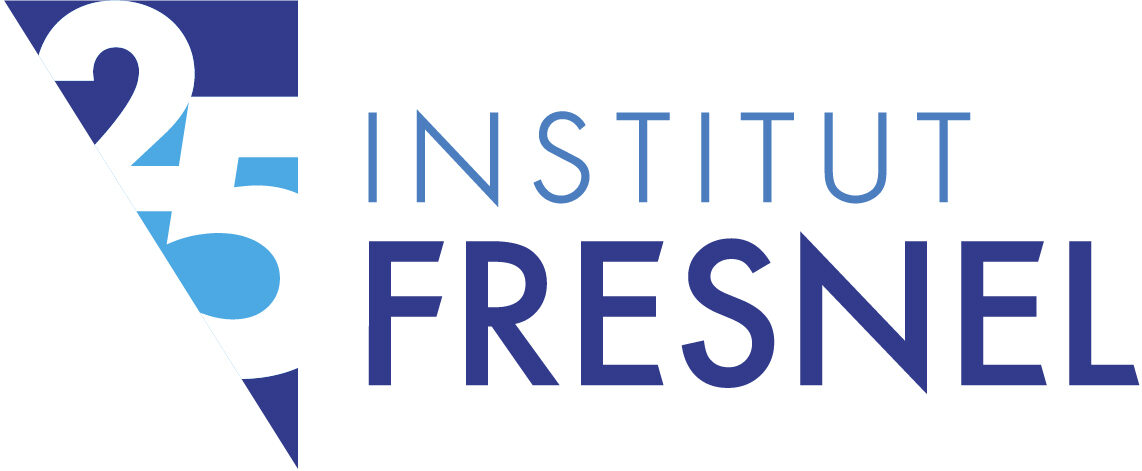Mathias Soulier will defend his phD thesis entitled « Development of Low-Absorption Interference Optical Filters for High-Power Lasers » on Thursday, September 25, at 2:00 PM in Amphi Ponte, campus St Jérôme à Marseille.
The presentation will be delivered orally in French, with the slides in English.
List of the Jury members :
– Joël Charrier, Institut Foton (Rapporteur)
– Jean-Christophe Chanteloup, LULI (Rapporteur)
– Olivier Uteza, LP3 (Président du jury)
– Alex Ribeaud, Bühler Alzenau (Examinateur)
– Laurent Gallais, Institut Fresnel (Directeur de thèse)
– Julien Lumeau, Institut Fresnel (Co-directeur de thèse)
– Hélène Krol, CILAS (Co-encadrante de thèse)
Abstract : Continuous-wave fiber laser power has grown from a few tens of watts to several hundred kilowatts in only twenty years. This scaling imposes severe constraints on dielectric multilayer components. Mirrors, beamsplitters, and filters meet extreme power densities. Advanced deposition processes now limit residual absorption to a few parts per million. The flux, however, is still so intense that even minimal dissipated
energy heats the optic. The temperature rise can degrade its optical response. Controlling absorption at the ppmlevel, measuring it reliably, and understanding the related photo-induced processes are therefore crucial for high-power CW lasers. Many applications feel the impact. Examples include high power laser effectors, ground-to-satellite optical links, and industrial laser processing. Thin-film absorption still limits range, efficiency, and reliability. This study addresses the issue directly. The manuscript opens with a theoretical, technological, and metrological overview that places multilayer filters in the context of high-power CW lasers. It then describes a complete absorption-metrology chain based on lock-in thermography. The experimental setup and calibration procedure are detailed. Results are compared with interference-optics models and validated through inter-laboratory campaigns. The next section introduces an experimental method for measuring thermo-induced wavefront distortion. Sensitivity is increased by targeted frequency filtering. A finite-element model is presented. It enables the retrieval of refractive-index changes, thickness variations, and mechanical deformation. The predictions are validated experimentally, and the impact of absorption on beam propagation is assessed.
Finally, the study proposes optimization routes for deposition parameters and stack design to lower absorption. It also outlines strategies to mitigate thermo-induced deformations. These advances point toward more robust components for extreme laser flux.
Keywords : High Power Lasers, optical thin films, laser-matter interaction

